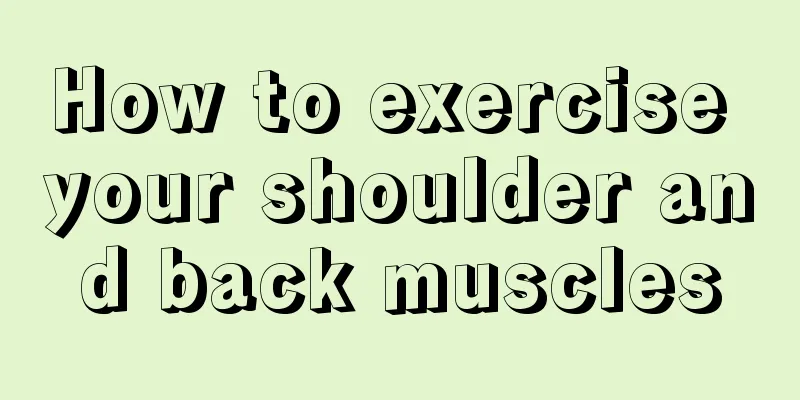What to do if you get calf cramps while running

|
We know that doing more physical exercise is good for our body and can effectively improve our body's immunity. Running is a form of exercise that is liked by many people and is also a relatively common form of exercise. However, many of us are prone to calf cramps during running, so we must make adjustments in time, otherwise the exercise will have a counterproductive effect. Let us learn about what to do if calf cramps occur while running. There are several reasons why calf cramps may occur: ①Cold stimulation. When exercising in a cold environment, if you do not do warm-up exercises or do not do enough warm-up exercises, your muscles will be stimulated by the cold and cramps will occur. ② Sweating a lot. During intense exercise, especially in summer, due to excessive sweating, the sodium chloride content in the body is too low, which can cause cramps. ③ Muscle contraction disorder. During exercise, if muscles contract too quickly and continuously and the relaxation time is too short, cramps can occur. ④Excessive fatigue during exercise can also be the cause of cramps. How to prevent cramps? ① Strengthen exercise to improve the body's cold resistance and endurance. ②Do warm-up exercises before exercise, especially before swimming or winter sports. ③Massage the parts that are prone to cramps, or drench the whole body with cold water before entering the water. ④ When the water temperature is low, do not stay in the water for too long, especially do not stop activities in the water. ⑤Don’t do strenuous exercise when you are tired or hungry. ⑥Supplement salt and vitamins appropriately before, during and after exercise. What to do if you get calf cramps while running 1 Method 1: If you get a calf cramp while running, stop running immediately, sit on the ground, straighten the cramping leg, press the knee with one hand and bend the foot back with the other hand, and press the body down until the calf muscle no longer feels cramped. 2 Method 2: If there is another object nearby, you can place the sole of the cramped leg on it and press it back. Precautions Warm up before any exercise After doing the above steps, do not exercise again and rest for two to three days. The above is an introduction to what to do if you get calf cramps when running. Such symptoms will also bring us certain pain and affect our normal life. At the same time, in order to achieve better results in exercise, we must master the method when exercising, and proceed step by step during the running process. |
<<: How to do yoga relaxation exercise?
>>: What are the methods of hip muscle training
Recommend
Golf Tips
Golf is a very beneficial sport, but it is not ea...
How to exercise effectively
Fitness can greatly improve immunity and resistan...
How to build muscle quickly
With the progress of society and the improvement ...
What should you pay attention to when camping outdoors
What should we pay attention to when camping in t...
What exercises are good for the cervical spine?
People who sit for long periods of time without e...
New mothers need to do it 5 times to rebuild their "three-dimensional zone"
From pregnancy to giving birth to a baby, a new m...
What exercises can help you lose belly fat?
Wanting to lose weight in the abdomen is what man...
What are the upper limb muscle exercises?
We have muscles of all sizes distributed througho...
Can jogging really help you lose weight?
For people who are trying to lose weight, jogging...
What is snowboard equipment?
When people go skiing, they often do snowboarding...
Can skipping rope reduce belly fat?
Speaking of rope skipping, I believe everyone is ...
Can yoga help you lose weight?
Nowadays, many women always take some time to pra...
What are the benefits of headstand?
Headstand is a kind of exercise that many people ...
What are some simple fitness dances?
As people now pay more and more attention to thei...
How to practice the mermaid line with fancy plank exercises
Recently, "Plank" seems to have become ...









